
Comment: Please note this article dates back to 2016.
President Obama's visit to Hiroshima on Friday has rekindled public debate about the U.S. atomic bombings of Japan — one largely suppressed since the Smithsonian canceled its Enola Gay exhibit in 1995. Obama, aware that his critics are ready to pounce if he casts the slightest doubt on the rectitude of President Harry S. Truman's decision to use atomic bombs, has opted to remain silent on the issue. This is unfortunate. A national reckoning is overdue.
Most Americans have been taught that using atomic bombs on Hiroshima and Nagasaki in August 1945 was justified because the bombings ended the war in the Pacific, thereby averting a costly U.S. invasion of Japan. This erroneous contention finds its way into high school history texts still today. More dangerously, it shapes the thinking of government officials and military planners working in a world that still contains more than 15,000 nuclear weapons.
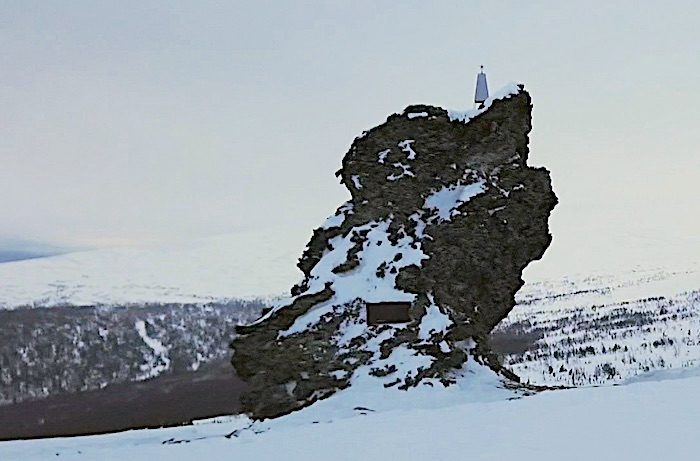
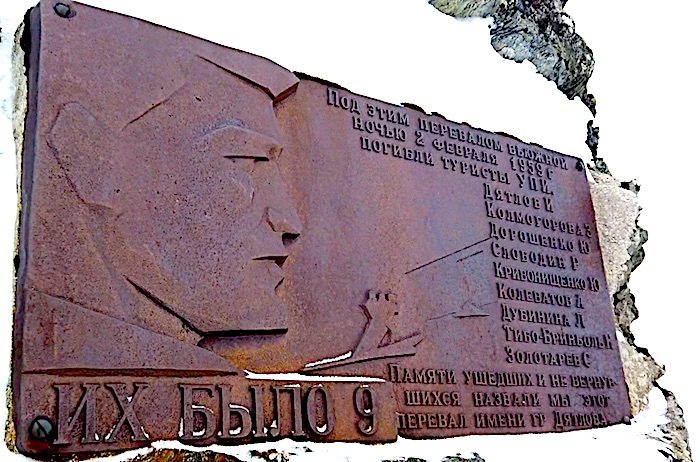
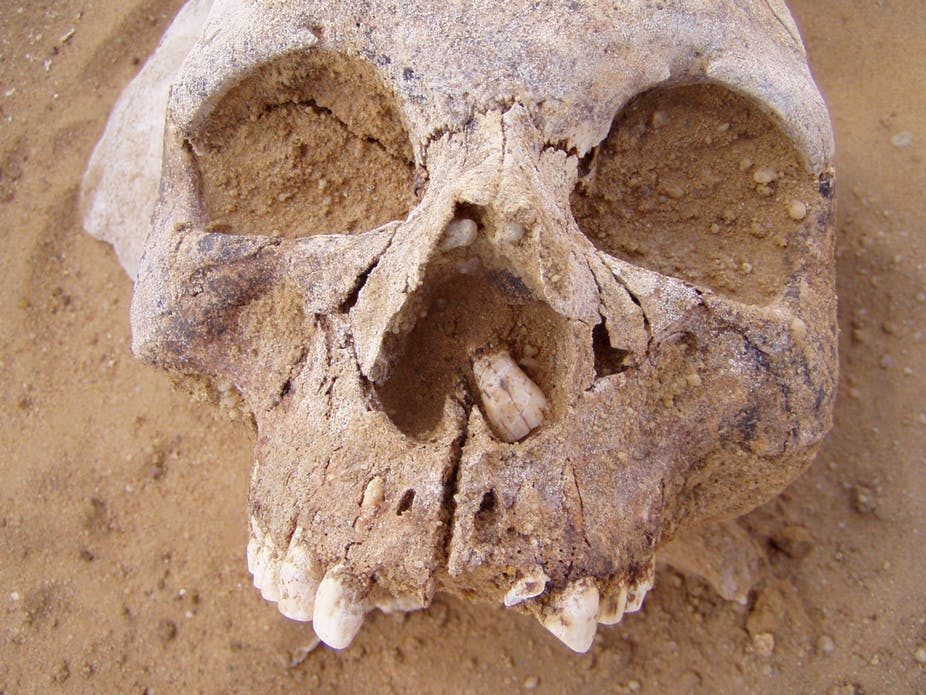


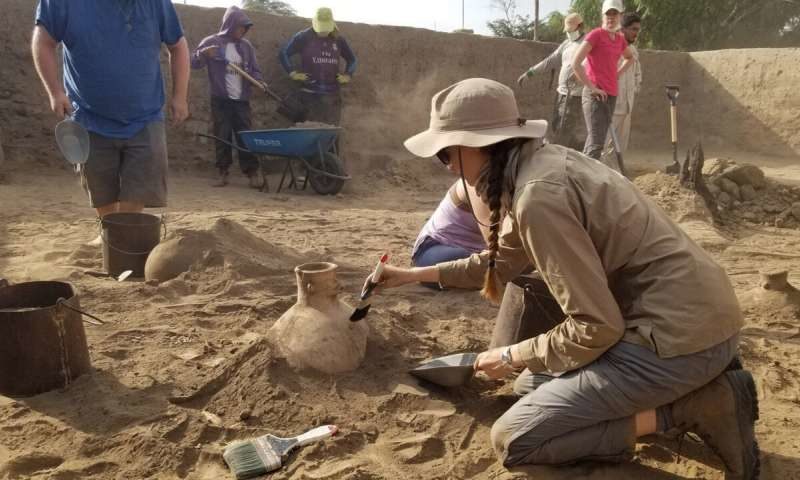
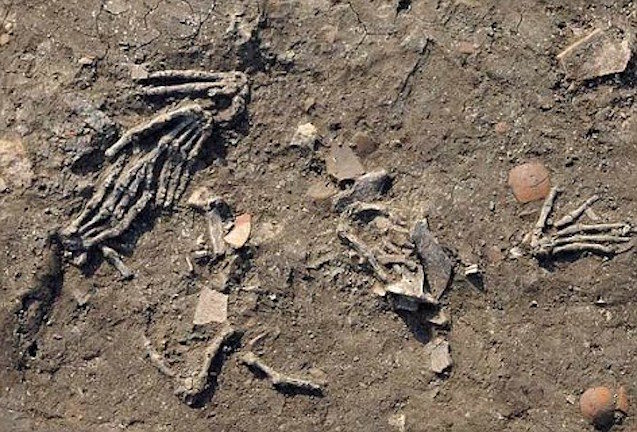
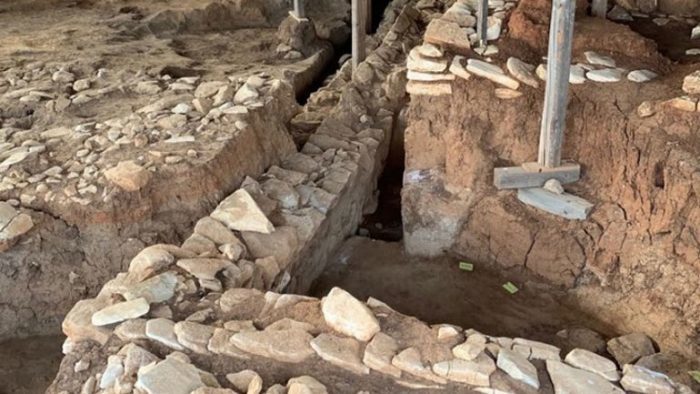

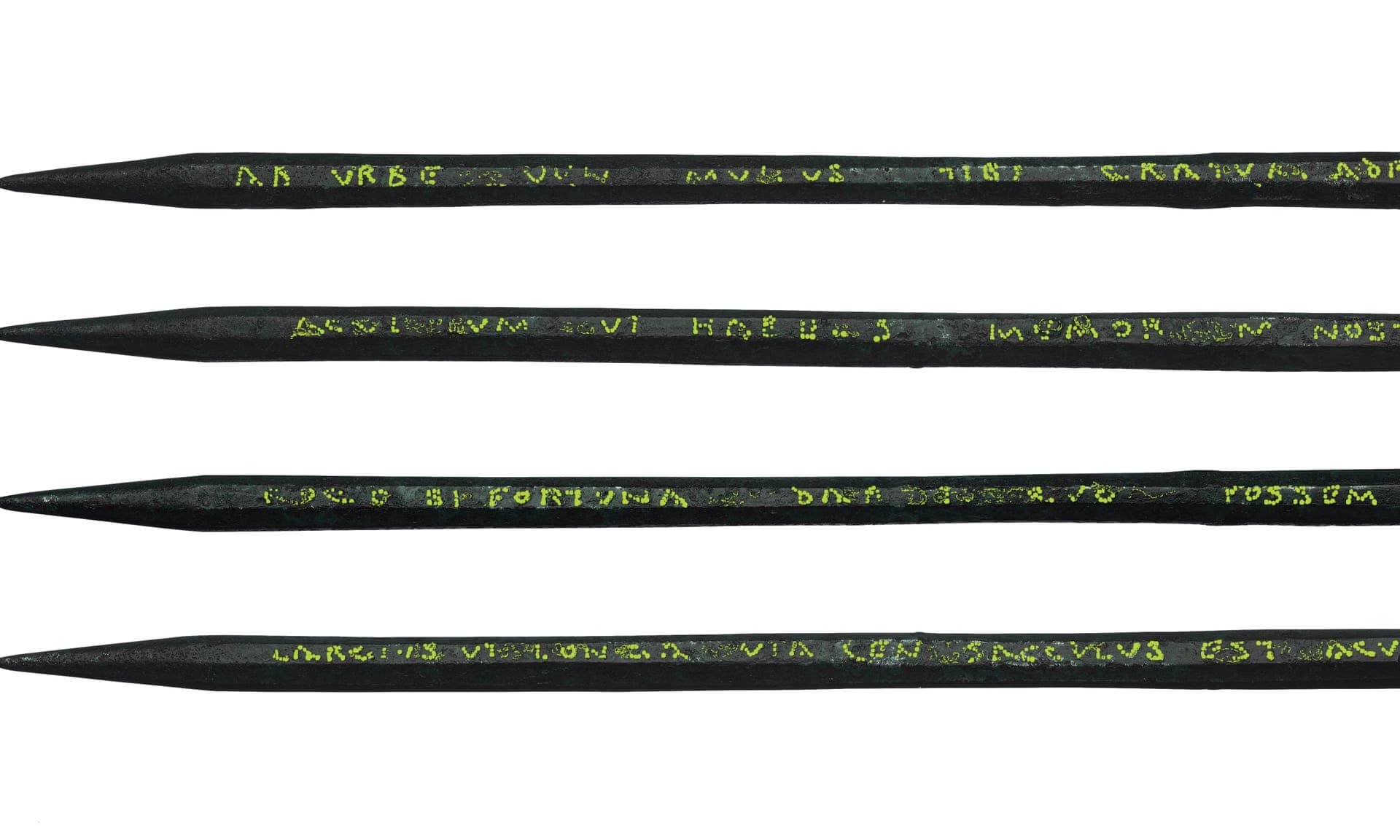
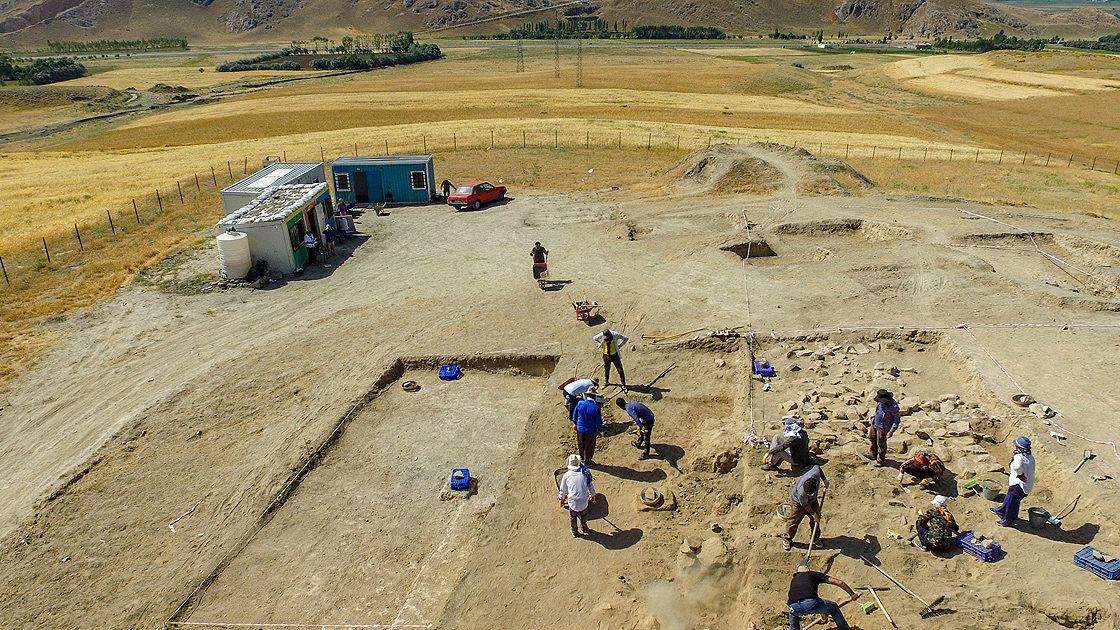



Comment: See also: